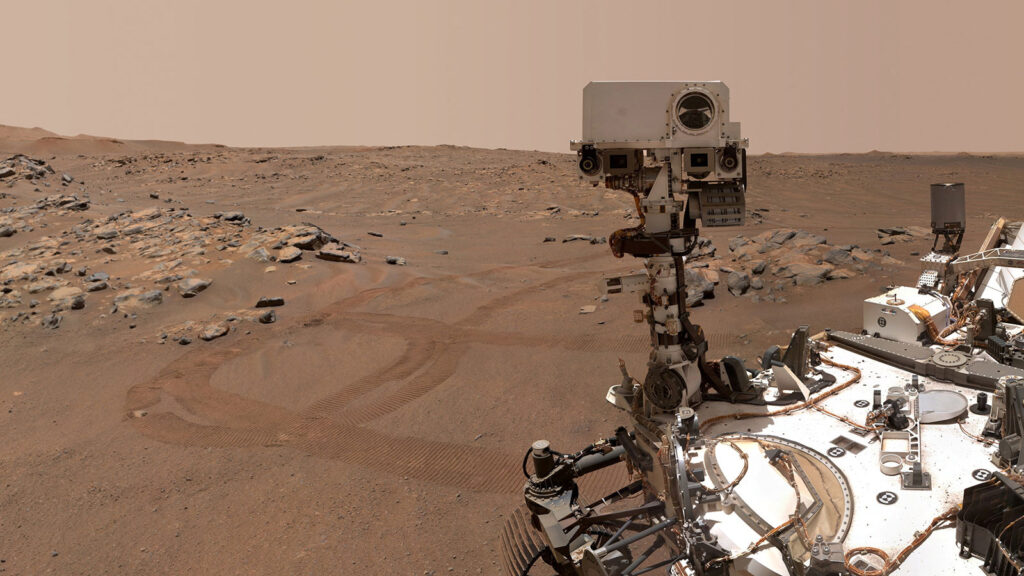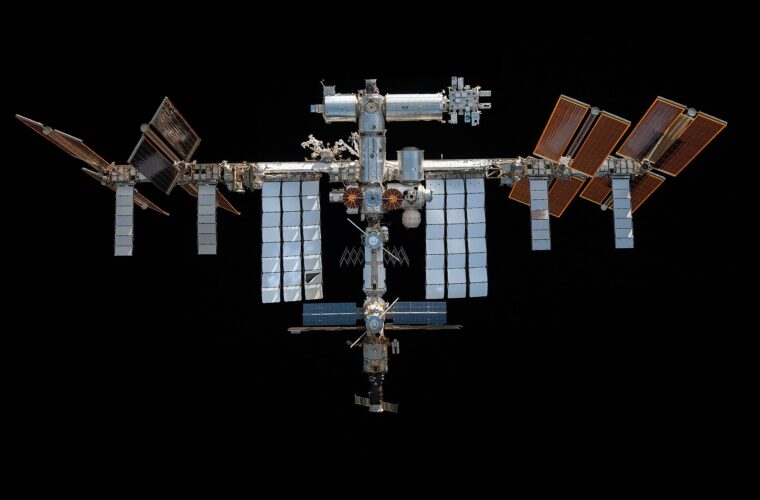NASA seeks cheaper ideas for Mars sample return mission amid budget crunch
By Steve Gorman
LOS ANGELES (Reuters) – NASA is seeking a cheaper, simpler approach to one of its top science priorities in the midst of a budget crunch – retrieving precious soil samples collected on Mars and flying them back to Earth, U.S. space agency officials said on Monday.
A formal request for proposals will go out Tuesday to various NASA centers and laboratories, as well as to space industry companies, asking how to revamp a program mired in technical complexities, spending constraints and ballooning costs, according to NASA executives.
Agency officials said in a conference call with reporters they expect alternative plans submitted for review this fall or early winter.
Associate NASA Administrator Nicky Fox said the overhaul would focus on “innovation and proven technology,” rather than on huge new technological leaps, as a way of reducing development time, risks and costs.
It was unclear how NASA would ultimately reconcile the seeming paradox of using similar technology for spaceflight systems to accomplish something never done before, especially the feat of launching a rocket from the surface of another planet.
The move to redesign the mars sample return strategy comes after a NASA-commissioned independent review concluded last September that the program was hindered by “unrealistic budget and schedule expectations from the beginning.”
The review also found the mission “organized under an unwieldy structure” and “not arranged to be led effectively.”
The effort has been further clouded by deep spending cuts Congress imposed on space programs this year, forcing hundreds of layoffs at NASA’s Jet Propulsion Laboratory (JPL) near Los Angeles, whose teams are leading the Mars mission.
The JPL-built robotic rover Perseverance has been collecting mineral samples since 2021 from the floor of an ancient Martian lake bed called Jezero Crater and sealing the material inside tubes destined for future lab analysis seeking possible signs of fossilized microbes.
The mission’s next phase, in partnership with the European Space Agency, envisions sending a second robotic landing craft to Mars to retrieve the samples and launching them into Martian orbit for rendezvous with a third spacecraft that would fly them back to Earth.
Launch of the retrieval and orbital vehicles had been anticipated for 2027-28 with return of the samples targeted for the early 2030s and overall costs projected at $5 billion to $7 billion.
But the independent review found that actual Mars sample return costs, under latest designs, would soar to as high as $11 billion and fail to deliver the specimens to Earth before 2040.

“The bottom line is an $11 billion budget is too expensive, and a 2040 return date is too far away,” NASA chief Bill Nelson said.
Continuing on at such high funding levels also would eat into other major NASA science objectives, such as a planned rotorcraft exploration of Saturn’s icy moon Titan, two upcoming missions to Venus, and near-Earth object surveyor, Nelson said.
NASA officials left open the possibility of leaving behind some of the 30-plus samples that Perseverance is expected to collect. The bulk of the samples are being kept inside the rover itself, while a smaller backup cache was placed at a collection site on the planet’s surface.
Nelson expressed hope that the brightest minds at NASA, JPL and their aerospace industry partners would find a solution.
“These are folks who can figure out rather difficult things,” he said.



